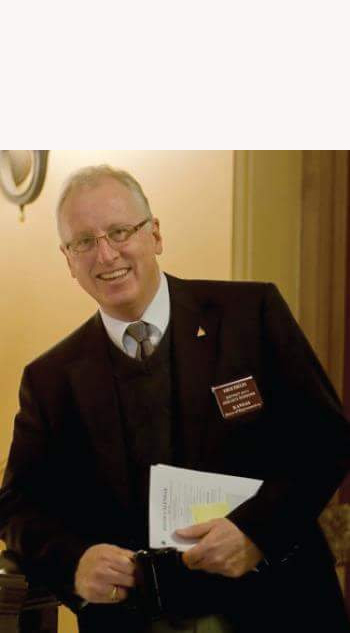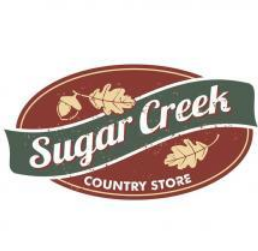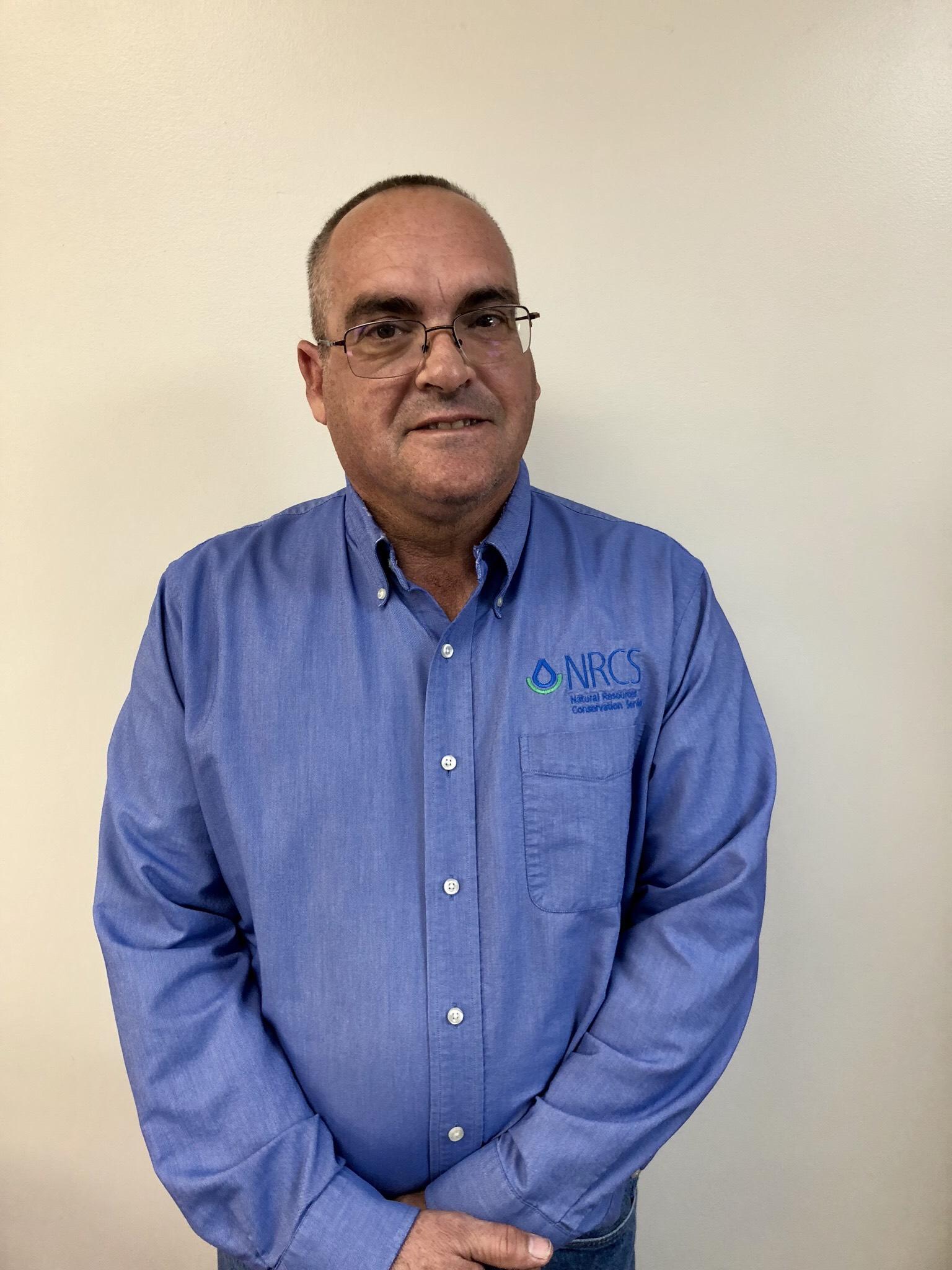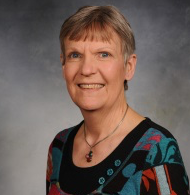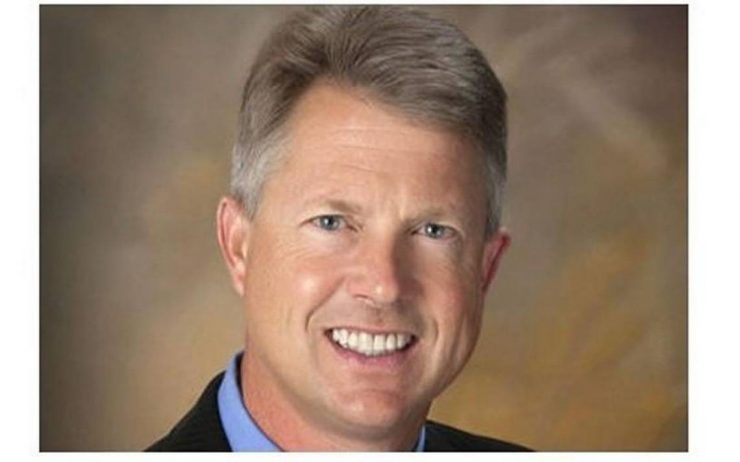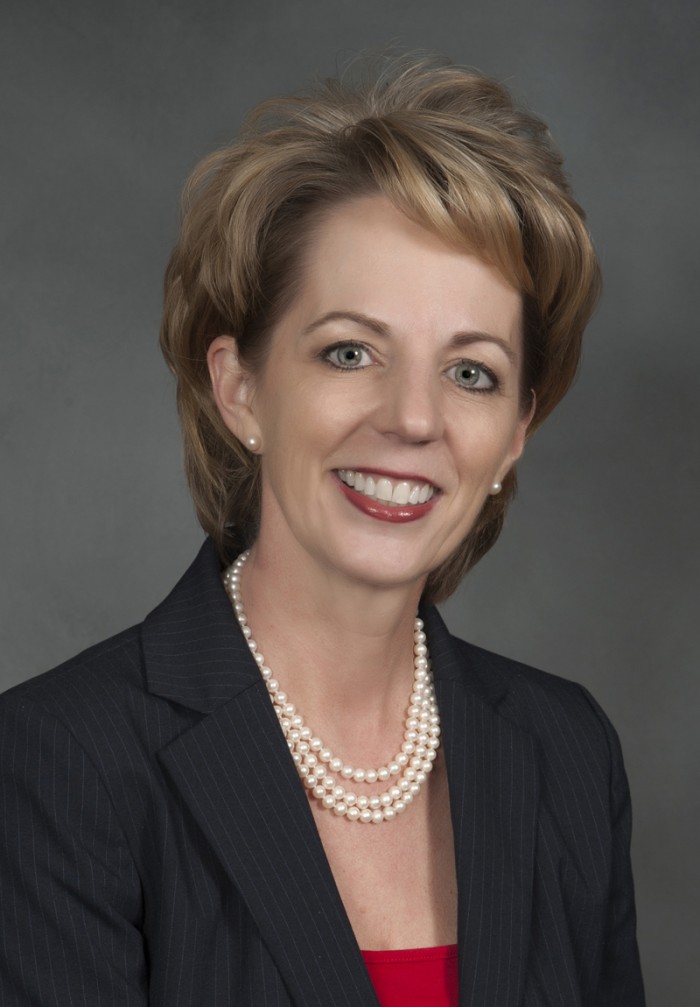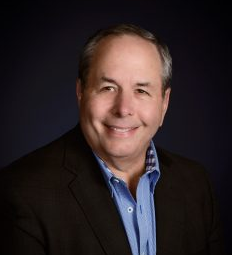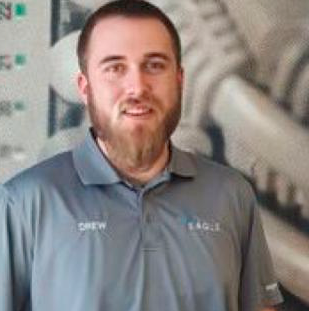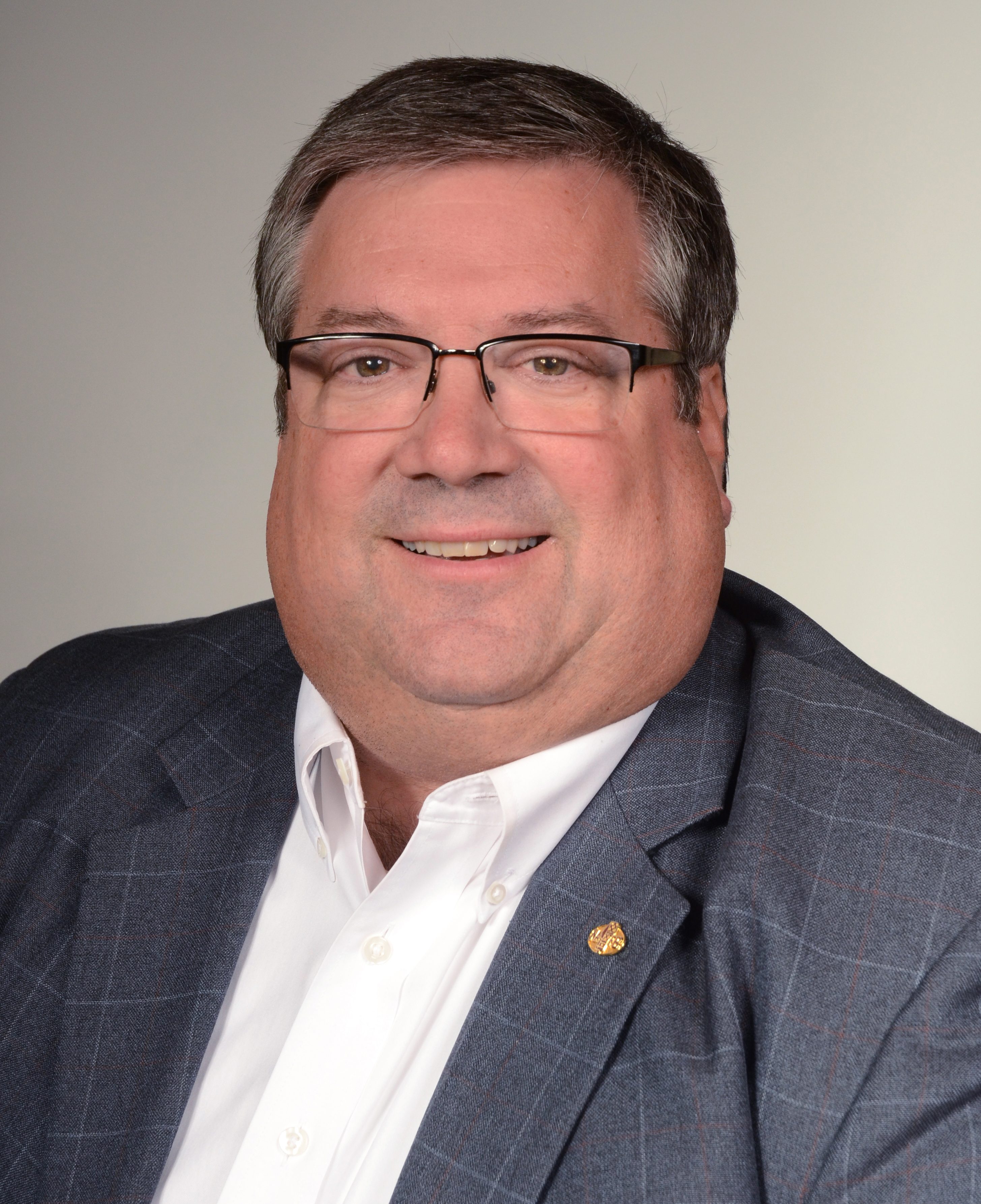
For some, spring heralds the arrival of green leaves and flowers. For others, it is a time to plant the garden in anticipation of summer’s bounty. For many spring signals the opportunity to fall asleep each night to nature’s orchestra and to awaken to her symphony in the morning.
After a long winter, nature lovers look forward to the first warm days when they can throw open windows and feel and smell spring’s promised renewal. Fresh breezes clear long-harbored winter scents. A day of air circulating through the house freshens cooking and pet odors. Hanging bedding and curtains on the outside line multiplies the whole experience. No aerosol purchased from a store matches the sweetness of breezes floating across miles of open prairie.
Toasty rays of sunshine enhance that effect. For those who have them, lilacs and blooming fruit trees boost the ambience as their perfumes waft by on invisible airstreams.
However, scent is simply an accompaniment to the music of spring. It sets the stage for upcoming concerts. As soon as it is warm enough, crank open or raise those windows to capture seasonal sounds. Those living near water will hear the rhythms of courting peepers. Little frogs make big noise when it comes to attracting mates. Different species imitate the shaking of a bag full of marbles or the sound of a finger running across a comb. To add more variety, owls and night hawks swoop through nearby trees searching for late suppers, announcing success with a series of screeches and squawks–like a string section warming up.
When things settle down, listen for crickets to join the recital.
How amazing to think the simple rubbing of two bristly legs together can create lively tunes and clue listeners in to the temperature at the same time. As nights warm, listen for the deep bass of bull frogs calling from nearby pools. You can almost feel their deep baritone vibrate through your bones. Add the rising hum of cicadas building to a rousing crescendo and you have a complete symphony. After enjoying an evening of original music, temperatures drop, ending nature’s nightly lullaby.
The best of part of sleeping with an open window this time of year is knowledge that another concert begins at dawn with entirely new orchestration. Before you detect the sun’s first rays, wakening birds begin vocal exercises punctuated by a few isolated sharps. It is impossible to ignore the good cheer enlivening the day, so crawl out of bed and stand at the window to watch a private concerto of performing robins, finches, jays, and larks. While they act as though they’re unaware of an audience, they sense its presence and sing more loudly. This recital beats using an alarm clock to start the day.
Life is full of simple pleasures for those who seek them. Discovering nature’s perfume and music is as simple as opening windows on spring’s warm evenings. So, go ahead, pop the latch, pull up the shade, and kick back for some of the easiest listening around.
Native Kansan Karen Madorin is a local writer and retired teacher who loves sharing stories about places, people, critters, plants, food, and history of the High Plains.



